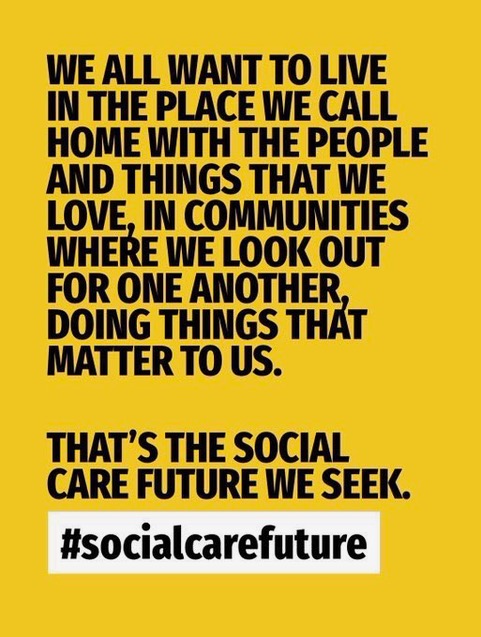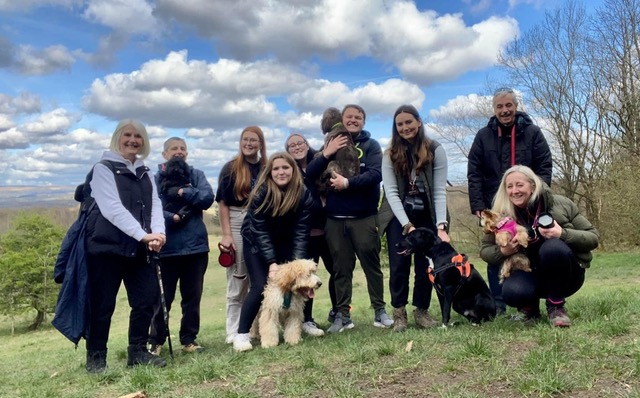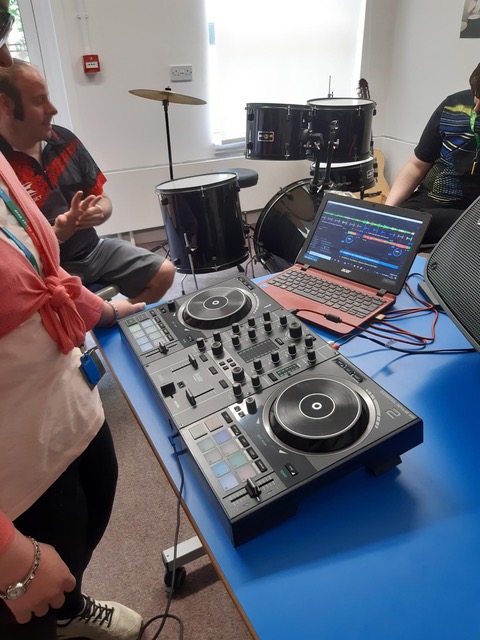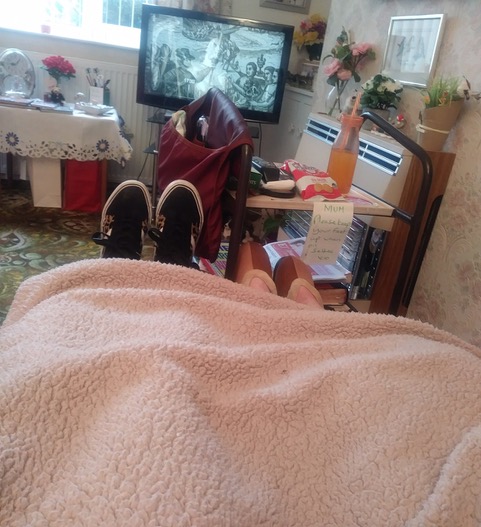I had a fascinating conversation with a new Community Circles facilitator recently. Anita had been a Speech and Language Therapist for 15 years and was re-training to be a Counsellor and Psychotherapist. One reason Anita wanted to be a facilitator was to develop her listening and responding skills – which would be vital in her new role. Another reason had to do with her time as a Speech and Language Therapist.
Anita told me: “I used to get asked a lot, by family members of people I was supporting, about good nurseries in the area for their children; where to buy books, toys and furniture; what prams or nappies to buy, just lots of little things that a friend or neighbour would know. I worried that people didn’t have anyone else to ask…although people seem fine, they may be quite isolated…as a health professional you really need to maintain boundaries and stay in the area of the advice that they’re seeing you for, but I sometimes found that if you didn’t address those other problems, then people found it harder to focus on what you were telling them, and that was a hard balance to maintain. One really concrete example I remember is ending up spending half of a Speech and Language Therapy appointment for a child with severe speech difficulties, helping his mother with a problem with paying her pre-paid gas meter, which had been cut off a few days earlier, which meant she couldn’t use her cooker. We did fix the problem, but I think if she’d known any of her neighbours, they could have helped her much more quickly, and I could have given her son more of the specialist support he needed. I always wanted someone else to refer them to, but unless they had a social worker, those practical things sort of fall between the cracks…”
Anita was attracted to become a Community Circles facilitator by the idea of bringing people together to help tackle these simple, practical, almost mundane but often quite distressing or debilitating problems, more quickly and easily: “I can think in some of the situations I mentioned, a Community Circle could really complement the support provided by Health and Social Care professionals. By addressing these practical problems, a circle could ensure that the professionals are able to spend their time delivering the support they are there to provide, so the person gets better professional support, and because people are less stressed, they would be better able to focus on and benefit from that support.”
Anita also noted that “there was probably something about the fact that they were seeing me weekly, and had time booked in, so they felt they had a relationship with me, and the space where they could ask those things…I think a Community Circle could provide a safe space where people (who otherwise might be nervous or embarrassed) feel able to ASK for and receive this kind of support”.
Alongside this very practical support, we know that the experience of being part of a Circle can also reduce a person’s loneliness and isolation, through the connections, conversations and community developed through the meetings themselves. My conversation with Anita made me wonder (from my perspective as a Community Circles Connector working for a learning disability charity) if Circles couldn’t also help to tackle the urgent problem of loneliness and isolation for people with a learning disability in a different and broader way, and I’m going to explore this in my blog next month: If we can empower neighbours and others in the community to OFFER and provide this kind of support for someone through a Community Circle, when they otherwise might not feel able to offer (and I’ll explain why I think they might not feel able to offer!) then we could, I think, help to reduce isolation and improve attitudes of people in the wider community to learning disabled people.
David Rinaldi
Volunteering Manager, Brandon Trust






